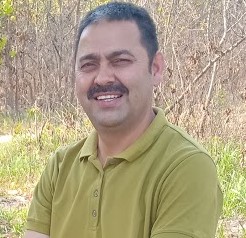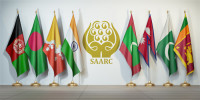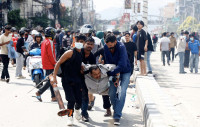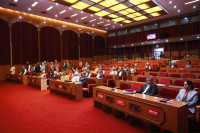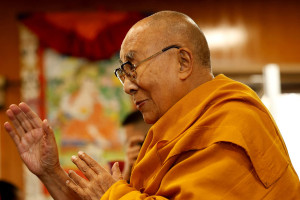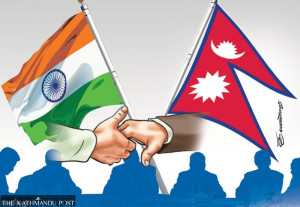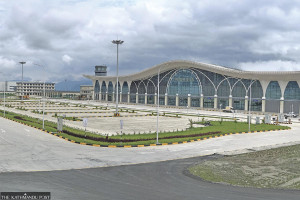Columns
A blueprint for reform
The government should not just conduct credible elections but also rebuild trust in democratic institutions.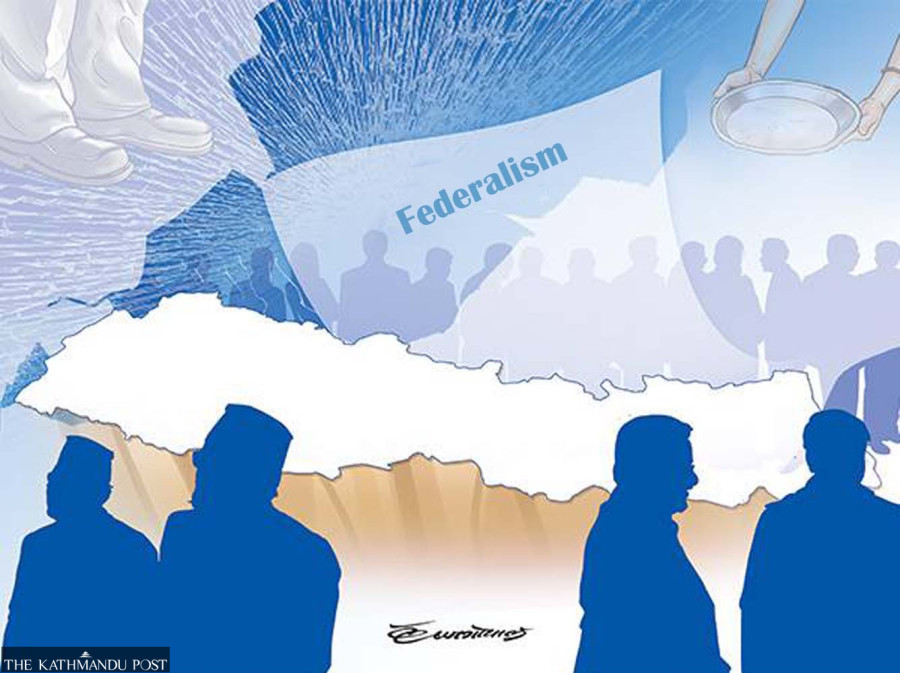
Khim Lal Devkota
Khim Lal Devkota
Frustration with old political parties is understandable—and deepening. Citizens are disillusioned by repeated failures in governance, poor service delivery and leaders who have clung to power for decades. This fatigue has given rise to the Gen Z movement, a demand for generational renewal and integrity in politics.
Gen Z does not seek to dismantle parties but to reform them—to insist on accountability, responsiveness to youth aspirations and faithful implementation of the Constitution. The movement embodies a desire for clean politics and results-oriented leadership. For established parties, the message is clear: Either reform from within or risk irrelevance.
Yet, the old leadership still resists change. Instead of embracing the youth agenda, some have tried to discredit it. It is therefore time for young and progressive leaders within the traditional parties to step forward, challenge entrenched habits, and take responsibility for political transformation.
The snap general election, scheduled for March 5, offers a critical opportunity. The government must ensure a credible, peaceful and inclusive electoral process. While the President and Prime Minister have initiated consultations with parties and Gen Z representatives, these efforts have yet to produce tangible results. Uncertainty continues to cloud the political environment.
Gen Z itself must also unite. Whether through a single party or an electoral alliance, it must present a shared vision grounded in democratic values and reform. What matters most is a collective commitment to protect and advance the hard-won achievements of the 2006–07 People’s Movement, the Madhesh movement, the indigenous and Janajati struggles, and the decade-long Maoist movement.
Through these historic struggles, Nepal secured federalism, republicanism, secularism, inclusiveness, multiparty democracy and the rule of law—the irreversible foundations of a democratic state. Preserving and deepening these gains, while restoring citizens’ faith in politics, is the truest test of leadership for both the Gen Z generation and established parties alike.
Streamlining institutions
Nepal’s bicameral federal parliament currently has 334 members—275 in the House of Representatives and 59 in the National Assembly. This large size is financially burdensome and politically inefficient. The total should be reduced to 200: 165 in the lower house and 35 in the upper.
The proportional-representation system should be replaced with a fair first-past-the-post model that still guarantees inclusion through reserved candidacies for women, Dalits, minorities, Muslims, and indigenous communities. Removing PR would enhance stability by allowing one or two parties to secure a majority.
For the National Assembly, membership should fall from 59 to 35, eliminating presidential nominations. Each province would elect five members, emphasising expertise. Internationally, Switzerland (46), Germany (69), Austria (61), and Belgium (60) demonstrate that smaller upper houses can remain highly effective. The Vice-President could chair the National Assembly, following the U.S. Senate and India’s Rajya Sabha examples.
Both Switzerland’s Council of States and Germany’s Bundesrat show how a second chamber can represent the interests of cantons or Länder within the federal decision-making process. Nepal could adapt a hybrid model where provincial governments send delegates to the upper house, ensuring structured participation in national policymaking and true cooperative federalism.
Members of Parliament should receive only meeting allowances, not multiple privileges. In Switzerland, legislators commonly maintain professional occupations and serve part-time, reducing costs and conflicts of interest. The Speaker and National Assembly Chairperson should be barred from returning to party politics after serving to safeguard neutrality.
Nepal should retain the parliamentary system of electing the Prime Minister. A directly elected executive could centralise power and invite authoritarianism, whereas the parliamentary model preserves balance. Political parties, however, should announce their prime-ministerial candidates before elections, giving voters a clear leadership choice.
Efficiency through subsidiarity
As the Constitution devolves more than half of state functions to subnational levels, Nepal’s federal cabinet should remain lean, no more than 11 members, including the PM. Smaller cabinets function effectively. Lawmakers should also be barred from holding ministerial positions, following the models of Switzerland, the United States, Brazil and South Korea, where separation between legislative and executive roles minimises conflicts of interest and corruption.
When local units carry out public administration, it allows decisions to be made close to citizens. Following the principle of subsidiarity ensures that each task is handled by the lowest competent level. Nepal can strengthen its provinces and local governments along these lines, assigning them clear and autonomous mandates rather than letting the federal level dominate routine functions.
MPs must also be excluded from project selection and budget allocation, which have turned consumer committees into rent-seeking channels. In Madhesh Province, one-third of such budgets reportedly vanished into kickbacks—an abuse that can end only when local representatives, not MPs, control development priorities through transparent processes.
The federal government should focus solely on strategic and national pride projects, leaving local schemes to provincial and municipal authorities. Subnational ownership increases transparency and accountability. Laws should also require public consultation before major infrastructure works.
Institutionally, more than half of federal agencies could be merged or dissolved. Constitutional commissions should have no more than three members, retaining only essential bodies—Election, Anti-Corruption, Public Service and Fiscal Commissions.
Provincial and local reform
At the provincial level, the 550 assembly seats should be reduced to 330, removing PR quotas and preserving inclusion within direct constituencies. Cabinets should have only five to seven ministers, including the Chief Minister, echoing the Länder and Swiss cantonal governments, which remain effective with similar numbers. Provincial members should receive only sitting allowances.
The CM could present the government’s policy and program, with the Chief Justice of the High Court (or another dignitary) administering oaths, making the costly ceremonial post of Provincial Head unnecessary. Redundant provincial directorates duplicating local functions should be abolished. Provinces must instead focus on inter-local coordination, fiscal equalisation and regional infrastructure—roles akin to Germany’s Länder administrations and Switzerland’s cantonal cooperation councils.
At the local level, the District Coordination Committee should be phased out. Legislation should ensure that either the chief or deputy chief of a local level is a woman. Representatives from local to federal tiers should receive no benefits beyond meeting allowances and should continue their professions when not attending sessions.
Nepal should strengthen its local level with constitutional assurance and clear expenditure and revenue assignments. Empowered ward committees, transparent budgeting and restraint in spending on vehicles and facilities would rebuild citizens’ trust and revive democracy from the grassroots upward.
Currently, the relationship between the state and its citizens has weakened, and public confidence in government has eroded. The foremost responsibility of the government, therefore, is not only to conduct credible elections but also to rebuild trust in democratic institutions.
Equally crucial is the need to strengthen federal governance and create a nationwide environment that fosters free, fair and peaceful elections. This requires collaboration among the government, political parties, civil society, development partners and citizens alike.
Devkota is an expert in federalism and local governments.




 15.12°C Kathmandu
15.12°C Kathmandu